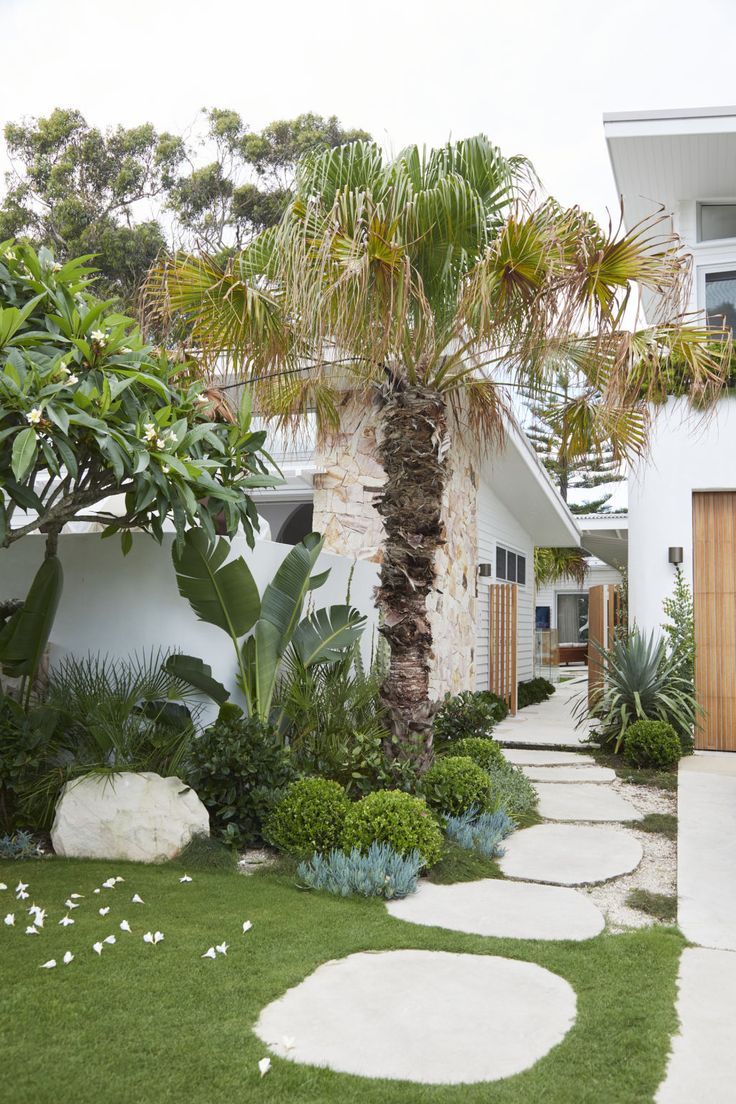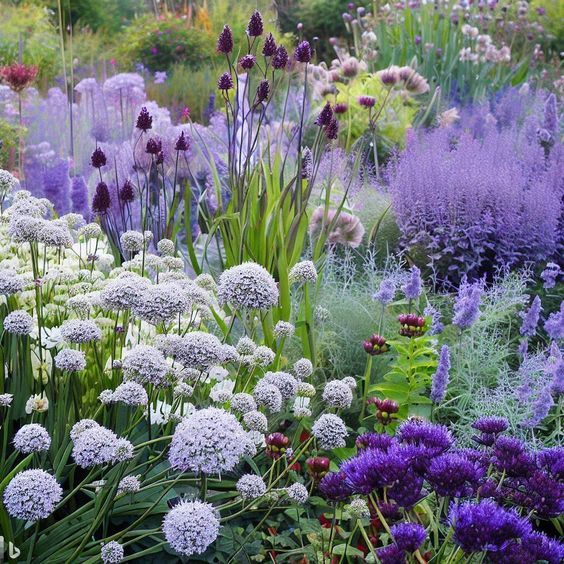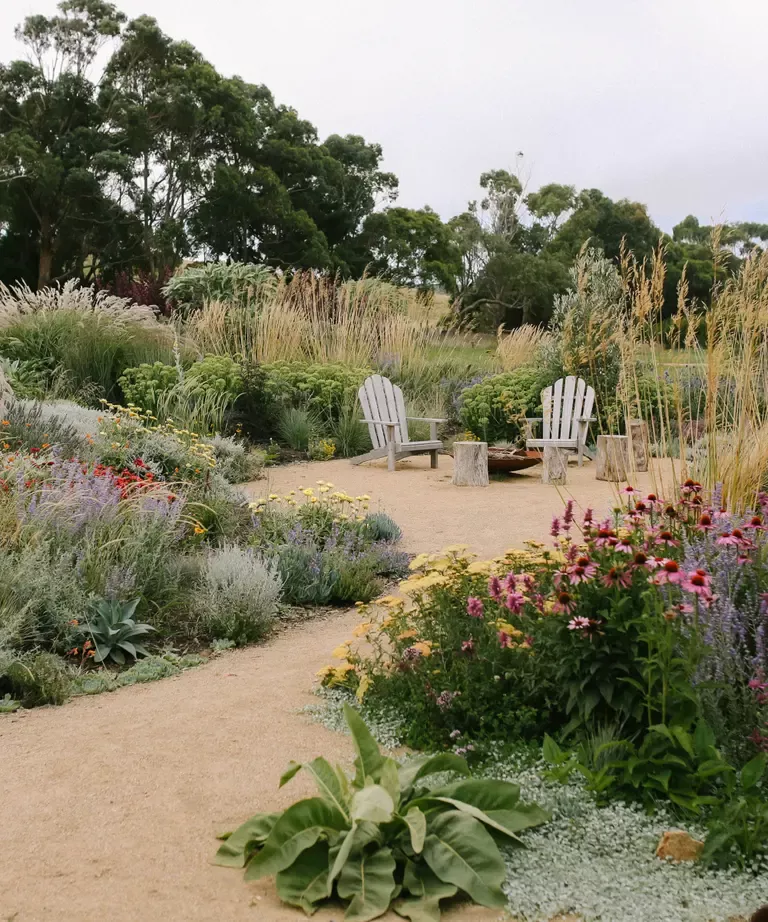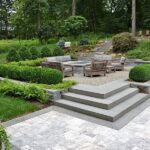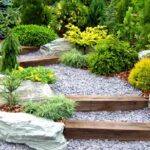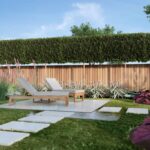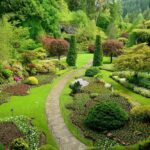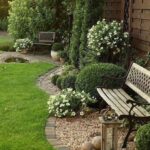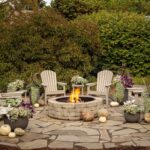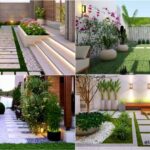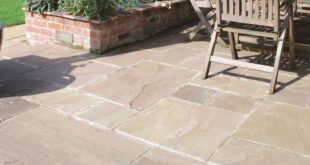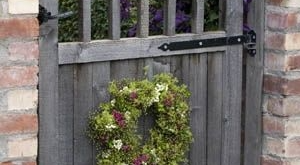Garden landscape design is an art form that involves carefully planning and arranging elements in a garden to create a visually appealing and harmonious outdoor space. A well-designed garden can enhance the beauty of a home, provide a peaceful retreat for relaxation, and increase the value of the property. There are several key principles to keep in mind when designing a garden landscape, including balance, unity, proportion, rhythm, and focalization.
Balance is an important aspect of garden design, as it creates a sense of equilibrium and visual stability. There are two types of balance that can be utilized in a garden: symmetrical and asymmetrical. Symmetrical balance involves arranging elements in a mirror image on either side of a central axis, while asymmetrical balance involves distributing elements in a way that is visually equal but not identical.
Unity refers to the coherence and harmony of all the elements in a garden landscape. This can be achieved by using a consistent color scheme, texture, or style throughout the garden. Proportion is another key principle that involves ensuring that the size and scale of the elements in the garden are in harmony with each other and with the overall space.
Rhythm is about creating a sense of movement and flow in the garden landscape. This can be achieved through the repetition of certain elements, such as plants, colors, shapes, or materials. Focalization is the art of creating a focal point in the garden, or a central area that draws the eye and creates visual interest. This can be achieved through the use of a striking plant, sculpture, water feature, or other element.
When designing a garden landscape, it is important to consider the existing environmental conditions, such as sunlight, soil type, and climate. These factors will influence the types of plants and materials that can be used in the garden, as well as the layout and arrangement of the elements. By carefully considering these principles and factors, a beautiful and functional garden landscape can be created that enhances the overall aesthetics and value of the property.
 yishifashion Where Outdoor Dreams Become Reality
yishifashion Where Outdoor Dreams Become Reality
